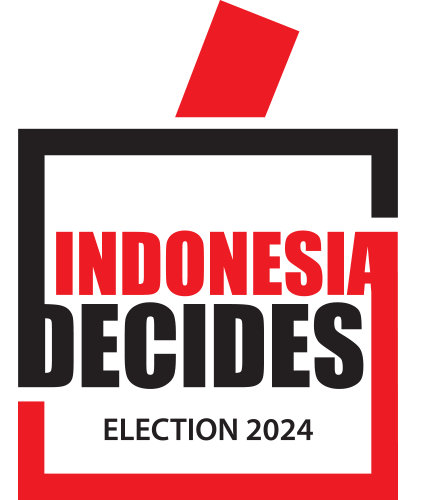Pacific Money | Economy | Southeast Asia
The impacts are likely to reflect the differing role that rice plays in each country’s political economy.

Rice fields in Tamil Nadu, India.
Credit: DepositphotosAdvertisement
In Southeast Asia, rice is more than just food. Imports, exports and production of rice have major economic implications, often reflecting deep-rooted historical and political forces. For instance, self-sufficiency in rice production was a major goal in the early New Order years in Indonesia, the eventual attainment of which helped legitimize the regime’s style of economic development. Whether the price is high or low, whether it comes from domestic or foreign sources, rice in the region is as much about politics as it is about straightforward economic factors such as supply and demand.
So when India, the world’s largest rice exporter, announced it would stop exporting non-basmati rice in late July, it roiled markets and has no doubt led to some anxiety. How will this export ban impact Southeast Asia? To parse this question, it is necessary to unpack the role of rice in the political economy of individual countries.
Last year, Indonesia imported 429 thousand tons of rice, 42 percent of which came from India. In recent years India has become the largest supplier of rice to Indonesia. With India shutting down this supply for now, we might expect rice prices in Jakarta to rise. But Indonesia also produces a lot of rice – the Central Statistics Agency estimates that domestic production was around 32 million tons in 2022.
So even as India has been supplying more of Indonesia’s rice imports, it’s a relatively modest amount compared to what the country produces domestically. State-owned logistics agency Bulog is also supposed to be managing the national stockpile of rice which, in theory, should prevent a market shock such as this from translating into major price volatility or shortages. In any event, there are other big rice exporters in the neighborhood that can fill shortfalls from Indian rice, including Thailand and Vietnam.
Diplomat Brief
Weekly Newsletter
Get briefed on the story of the week, and developing stories to watch across the Asia-Pacific.
Get the Newsletter
In 2021, Vietnam exported $2.87 billion worth of rice and Thailand $3.3 billion. India has been their major global rival in the rice export market, so the decision by New Delhi to cut back on rice exports could actually create opportunities to capture more of the market. With less Indian rice in the market, we would expect the price for exported Thai and Vietnamese rice to go up.
The trick will be to ensure a sufficient balance between domestic supplies and surpluses for export. When rice is in scarce supply this can distort the balance because exporters would prefer to chase profits on global markets. Vietnam has signaled that moving forward it will prioritize domestic rice supply and start cutting back on exports over time. All of which means there is a good chance that Thai rice exports will grab a larger share of the market.
The Philippines is the biggest rice importer in Southeast Asia, with imports hitting about $1.3 billion in 2021. Last year the Philippines imported 3.7 million tons of rice and will probably import several million tons this year. The good news is the Philippines imports most of its rice from Vietnam and relatively little from India. India’s export ban will probably cause the price of imported rice to increase, which is not great for the Philippines as it works to bring one of the region’s highest rates of inflation under control. But in the immediate term, the Philippines’ direct exposure to Indian rice is not that large and there are other big exporters nearby who can pick up the slack.
In the bigger picture, India’s rice export ban shows how much the global economy has shifted in recent years. Unfettered free trade is giving way to economic nationalism in fairly direct ways. We’ve seen this with the rise of industrial policy in unlikely places like the United States, and we see it in increasingly assertive emerging markets that are not afraid to use export bans on important commodities if they believe it is in their national self-interest.
Advertisement
India’s ban on rice exports echoes Indonesia’s decision to ban exports of palm oil and coal when domestic supply was running thin. It is clear that national self-interest will take precedence over ideological commitments to free trade even if it means depriving global markets of a staple good like rice, and it is likely these forms of economic statecraft will become more common in the years ahead. Like it or not, this is the world we are living in and governments, policy-makers, and businesses should get used to it.


